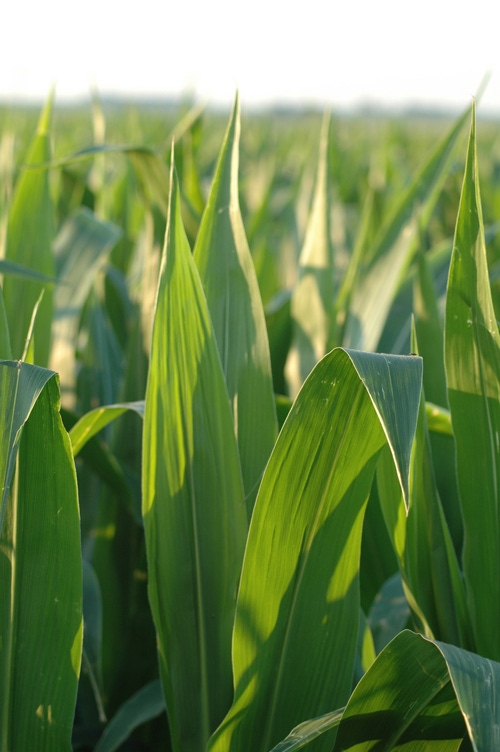July 8, 2011

Farmers can take steps to manage and prevent Northern corn leaf blight, a yield-reducing foliar disease, says Kiersten Wise, a Purdue Extension crop specialist.
The fungus, which usually produces lesions on leaves shortly before the corn plant tassels and through the growing season, can potentially reduce yields by as much as 30%, says Wise, a Purdue Extension crop disease specialist. Farmers should begin scouting their crops in the late vegetative stages and during tasseling to look for tan, cigar-shaped lesions on leaves.
Northern corn leaf blight typically develops in rainy, humid and cool weather. When humidity is high, farmers may also see olive-green or dark-colored structures in the center of the lesions, which Wise says are the spores of the fungus.
"It's fairly easy to distinguish this fungus from gray leaf spot, but it's hard to tell the difference between Northern corn leaf blight and diplodia leaf streak," Wise says. "Diplodia leaf streak is a disease we just started noticing in Indiana, so if you aren't sure which disease it is, you can send a sample in to the diagnostic lab."
Get more information about sending samples to the Purdue Plant and Pest Diagnostic Lab can be found
If the disease is present, and corn is in the early stages of grain fill, growers can use fungicides available for in-season management. But because of the added cost of fungicide use, Wise says growers need to take economic factors into account when making management decisions.
Farmers can help themselves beyond this year by taking precautions to prevent the disease from occurring the next crop year.
Northern corn leaf blight survives in field residue, so minimal- or no-till practices increase the field's susceptibility. Since it lives from year to year, planting continuous corn also elevates the risk.
Wise recommends a one-year rotation away from corn, followed by tillage to help prevent disease growth in the next year's corn crop.
"Some operations depend on planting continuous corn or having no-till fields," Wise said. "The best option for these farmers is to plant a hybrid with moderate or high resistance to Northern corn leaf blight or to apply a foliar fungicide."
Purdue Extension has released a new publication "Diseases of Corn: Northern Corn Leaf Blight," BP-84-W, which can be downloaded for free. The guide, authored by Wise, describes how to identify the leaf blight, conditions that favor disease development, how it reduces yields and how to manage the disease, including tips for fungicide selection and application.
You May Also Like




